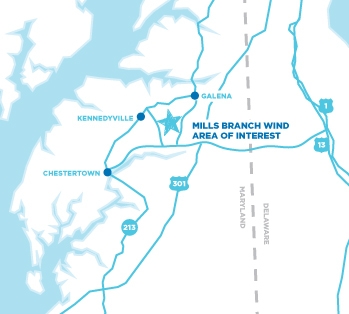Maintenance of Grass Buffers
Though I am now the Land Protection Specialist at Eastern Shore Land Conservancy, in a former life, I was a wildlife research technician and field crew leader for many bird related field studies and as fate would have it, many of those studies were on restored grasslands that were enrolled in Federal conservation programs such as CRP and CREP. During my time studying these grasslands, I noticed, with but few exceptions, that these grasslands were all mowed on or shortly after August 15th of each year. When considering the rules of these programs, this practice, by and large, is in keeping with the rules of the programs. However, when looking at the practice from a wildlife standpoint, the reasoning behind the early mowing is not particularly sound. In many areas of Maryland, grasslands are not the historic land cover, therefore it takes a certain amount of management to keep the areas meadow. The Federal program in general and the maintenance recommendations in MD specifically require that, once established, these areas must remain in herbaceous cover (grass and forbs) for the entire length of the contract (typically either 10 or 15 years). Prescribed fire, mowing and strip disking are a few of the recommended management techniques that are necessary to maintain these meadows as grasslands. There is no avoiding this reality. As well the programs require that noxious weeds be controlled by approved mechanical and/or chemical methods. Though the noxious weed treatments can largely be done at any time of the year, the general maintenance of the grasslands, including mowing and prescribed burns, are restricted to the non-nesting season for grassland and scrub-shrub bird species between August 15th and April 15th each year. This 8 month window is a fairly generous time-frame for management, but it only protects nesting birds from being







